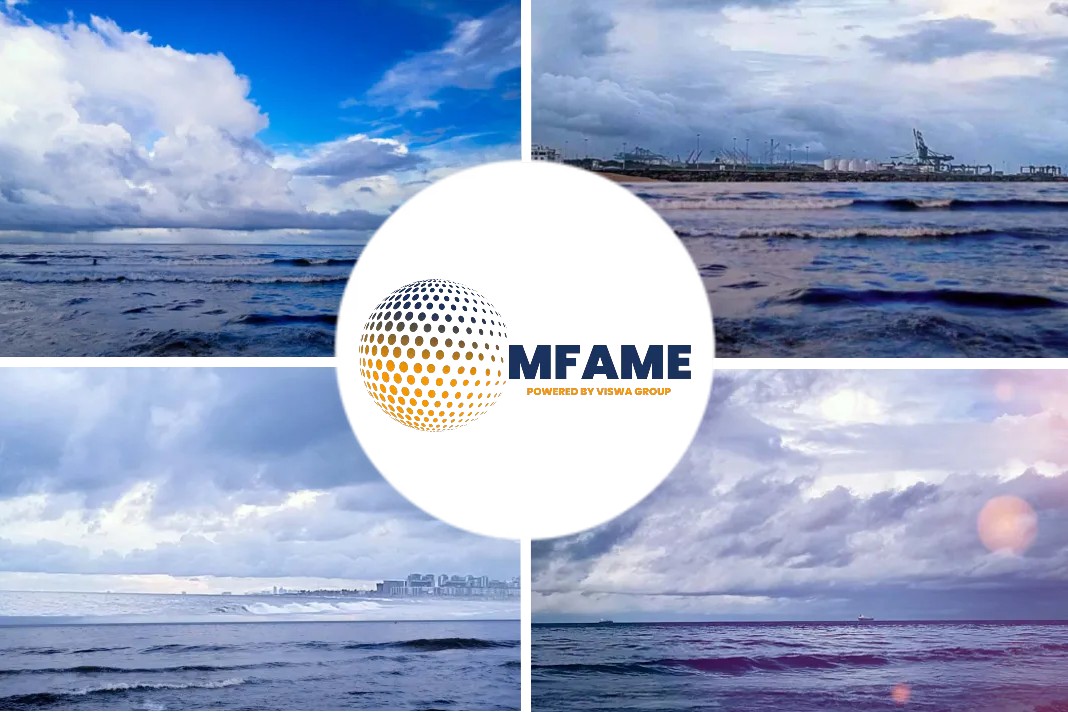In a major development, the California Air Resources Board (CARB) has announced that they have adopted the ‘Fuel Sulfur and Other Operational Requirements for Ocean-Going Vessels within California Waters and 24 Nautical Miles of the California Baseline’ (OGV Fuel Regulation) in 2008, according to which reminds vessel owners and operators are required to comply to OGV Fuel Regulation and not use scrubbers in the region, reports Safety4Sea.
What does it mean?
As the Standard Club informs, this regulation requires the use of cleaner-burning low sulphur marine distillate fuels by vessel main engines, auxiliary engines, and auxiliary boilers within 24nm of the California coastline.
However, what is most important is that the regulation does not allow compliance with the use of scrubbers.
Only the low sulphur distillate grades of fuel, such as marine gas oil or marine diesel oil can be used to comply with the OGV Fuel Regulation.
The OGV Fuel Regulation & IMO 2020 Regulation
CARB now reminds vessel owners and operators that the requirements under the OGV Fuel Regulation remain in effect. CARB also compares the key regulatory requirements between the OGV Fuel Regulation, the North American ECA Regulation and the IMO 2020 sulphur cap.
Specifically, provisions in the IMO 2020 Regulation that differ from the California OGV Fuel Regulation include, but are not limited to:
- The IMO 2020 Regulation allows the use of abatement technologies such as scrubbers, while the CARB OGV Fuel Regulation does not allow compliance via scrubbers;
- The IMO 2020 Regulation requires that a fuel does not exceed the 0.5% sulphur limit, while the OGV Fuel Regulation requires that the fuel meets specifications for distillate grades (marine gas oil or marine diesel oil) and does not exceed a 0.1% sulphur limit.
Did you subscribe to our daily newsletter?
It’s Free! Click here to Subscribe!
Source: Safety4Sea

















